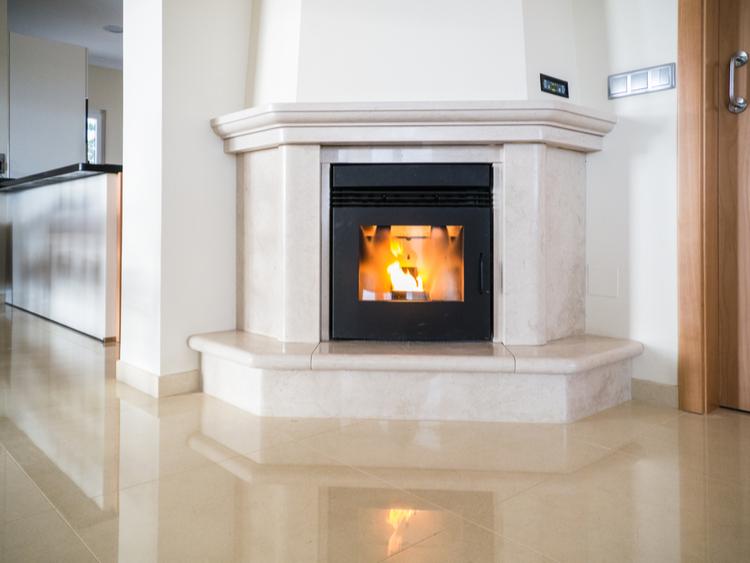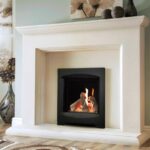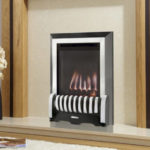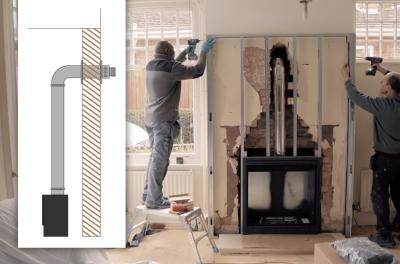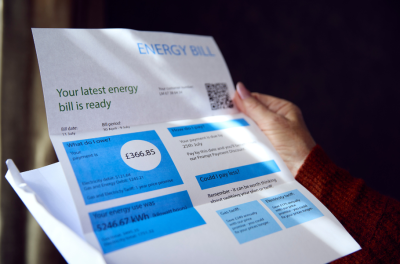We use cookies to improve your experience and our business. See our privacy/cookie policy or continue browsing to accept our use of cookies. View our cookie policy.
Fireplace Chimneys - A Complete Guide
Having an adequate chimney for your fireplace plays a vital role in the success of a good burning fire. A chimney has two primary functions - first, to carry undesirable combustion, also known as smoke, out of the house and second, to provide the draft that feeds air to the fire to keep it burning. The draft of the chimney comes from rising hot air. As the air flows up the chimney, many factors come into play to include:
- Chimney Height
- Bends in the Chimney
- Chimney Location
- Construction of Chimney
- Tightness of House
Calculating Your Required Diameter
When it comes to the height of the chimney, a tall chimney will produce more draft than that of a short chimney. For the diameter, this too has an effect on the draft. If a chimney is too wide, you could experience a problem in allowing smoke to cool excessively, which would slow down the draft. You want the diameter to be similar to the flue outlet diameter. Keep in mind that your chimney diameter should never be more than three or four times the cross-sectional area of the stove outlet. If you happen to have a chimney that is oversized, you should consider adding a liner with a flue that is smaller in diameter.
What Is The Ideal Chimney Location?
The location of the chimney is also important. By adding your chimney to the indoors rather than outside, you can use the warmth of the chimney as additional heat. Each chimney has to have turns, which lowers the draft. As a guideline, every 90-degree turn cuts off five feet of effective chimney height. In other words, a 12-foot chimney that has two turns has an effective chimney height of two feet.
The construction of your chimney is also an interesting factor. A round chimney flue will draft better than a rectangular or square chimney. You should also consider having an insulated chimney that will make it easier for the draft and will stay warmer longer. When it comes to the tightness of your home, every appliance you currently have for heat has to have air to support combustion. If your house is too tight, there may not be adequate air to feed the fire.
Most people have no idea the importance a chimney plays but when it comes time to build or update your fireplace, keep this information in mind. For more information on determining your ideal fireplace, please feel free to use our expertise at Direct Fireplaces and contact us.

After something new?
Check out our full range of fireplaces and gas fires.
Want a fireplace without a chimney?
We also do electric fires and flueless gas fires.
[related_products is_auto_added="1"]direct fireplaces
Latest posts by direct fireplaces (see all)
- Which Electric Fireplace Gives the Most Heat? - February 5, 2021
- Retro Fires and Retro Stoves for the Home - January 22, 2021
- Do I Need a Fireplace in My New Home? - January 20, 2021

